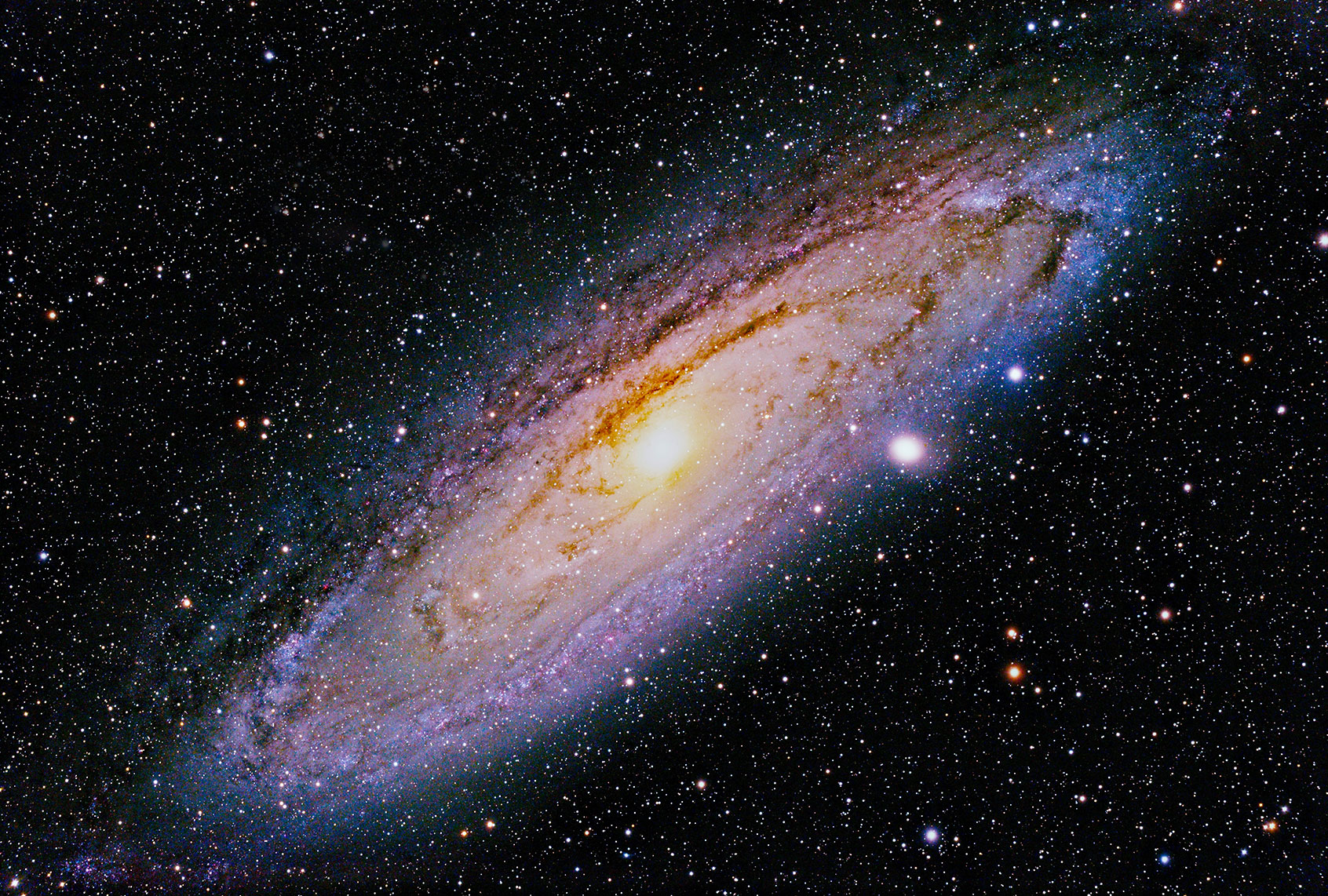How long did it take the Milky Way to evolve into the modern galaxy it is today?
Astronomers believe the Milky Way is an estimated 13.51 billion years old, but what happened during each stage of its evolution — and how long those phases lasted to get to its current form today — remains unclear. It’s believed that the Milky Way’s collision with a dwarf galaxy nearly 10 billion years ago was a turning point, setting in motion the changes that amounted to our modern galaxy. However, a new report published in Nature Astronomy this week suggests that most of our modern galaxy was actually in place before the Milky Way collided with a dwarf galaxy. In other words, the Milky Way likely matured much earlier than previously thought.
“We wanted to know, what was the sequence of events that led to the formation of our galaxy, did the merger happen after the formation of the thick disk, or did it trigger the formation of the thick disk? said Fiorenzo Vincenzo, co-author of the study and a fellow in The Ohio State University’s Center for Cosmology and Astroparticle Physics, in an interview with Salon. “In this paper, we are saying that before the merger with the Gaia Sausage, we already had in place a large component of stars that today are in the thick disc, so that’s the main thing.”
Vincenzo and his colleagues came to this conclusion by relying on a technique in asteroseismology, which is the study of oscillations in stars. In asteroseismology, researchers can use tools to measure the sound waves that ripple through the interiors of stars which can provide more precise ages of the stars. Researchers also used a spectroscopic survey called APOGEE, which provided them with the chemical composition of stars – this is another marker that can help indicate the age of a star. Additional data was provided by the European Space Agency’s Gaia spacecraft, which became a mechanism for astronomers to identify stars from the last major merger, and NASA’s exoplanet-hunting Kepler space telescope.
Want more health and science stories in your inbox? Subscribe to Salon’s weekly newsletter The Vulgar Scientist.
By combining and calculating all of this data, the researchers found that the Gaia-Enceladus/Sausage stars from our ancient galaxy are slightly younger than the Milky Way stars, but still around 10 billion years old. This suggests that a large chunk of the Milky Way’s disk was already in place when the merger happened. It’s still possible that the violent crash with the dwarf galaxy caused new stars, but the new research is certainly eye opening.
“We have shown the great potential of asteroseismology, in combination with spectroscopy, to age-date individual stars,”said lead author of the study Josefina Montalban, with the School of Physics and Astronomy at the University of Birmingham in the United Kingdom.
Vincenzo told Salon it’s important to better understand these details about our galaxy because it’s our “home” in the universe.
“It’s really about studying our home,” Vincenzo said, adding that a better understanding of our “home” will help us better other galaxies as astronomers search for exoplanets and potential habitable planets throughout the universe. “Bigger galaxies formed from the coalescence of smaller ones.”


